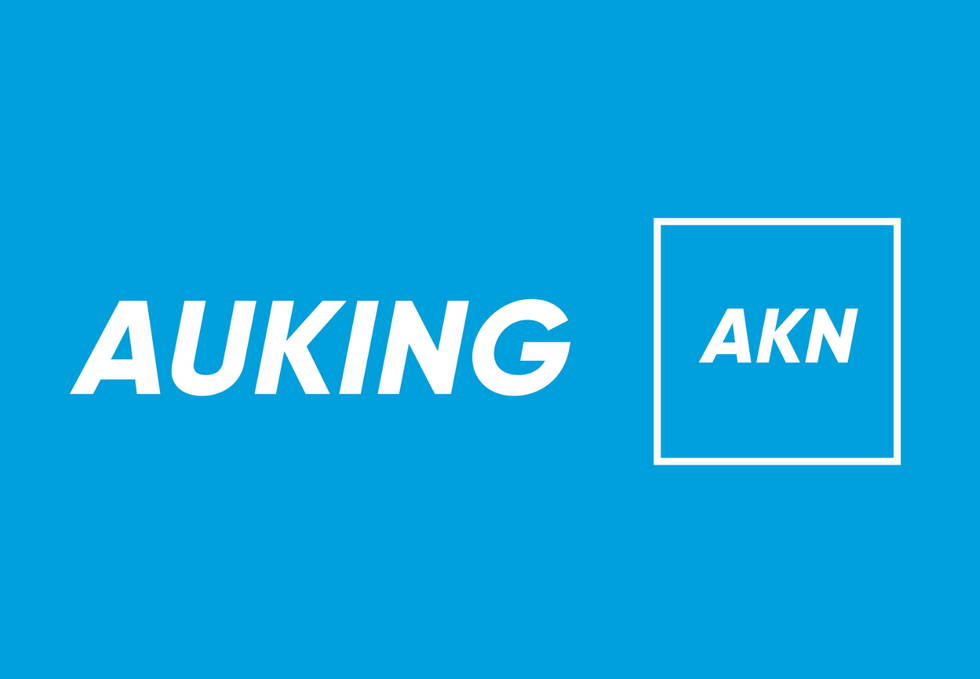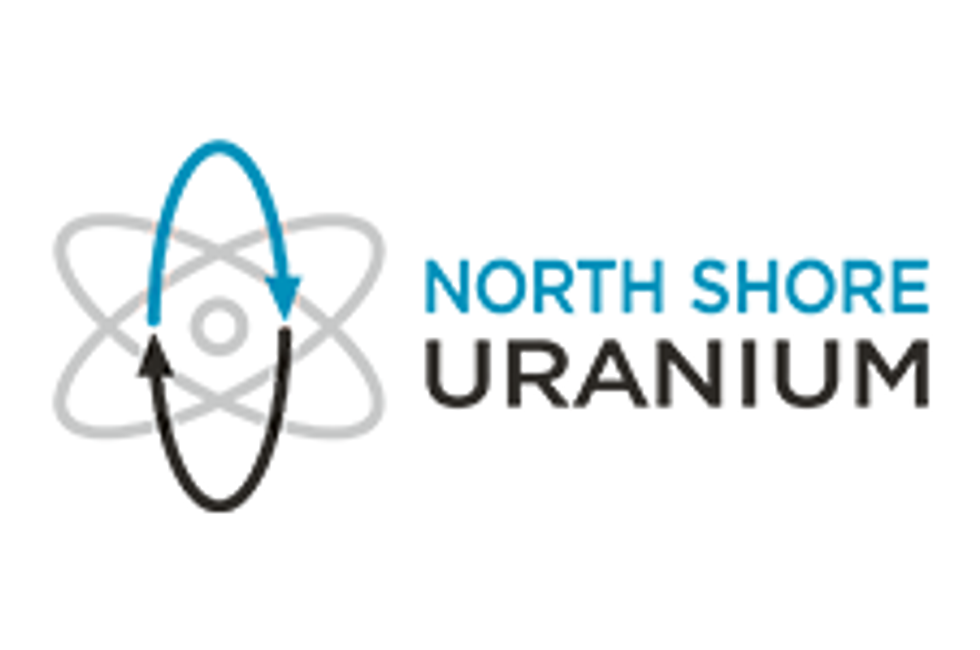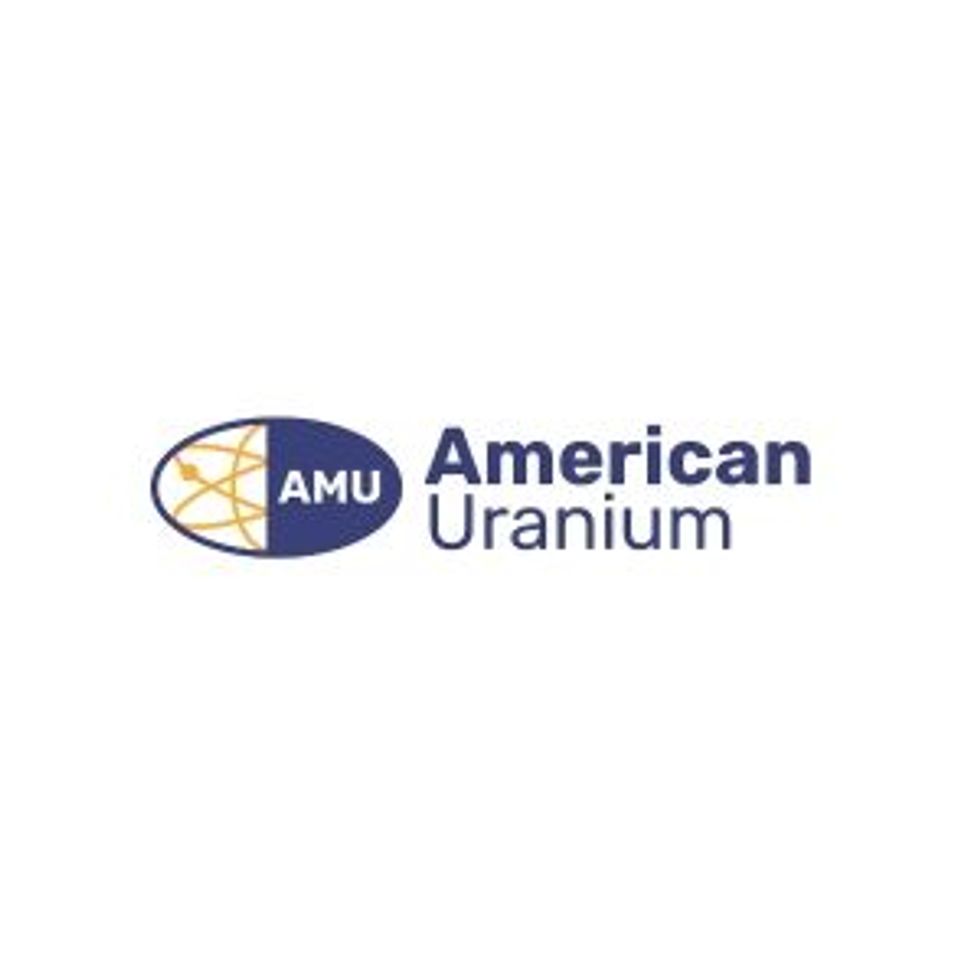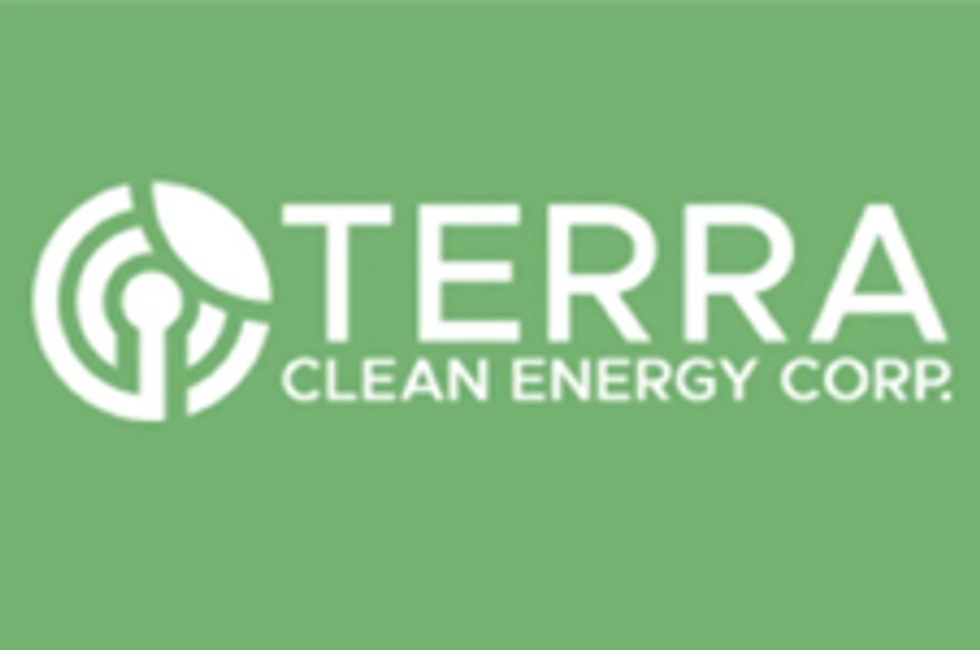Iran and Turkey signed an agreement for the exchange of 1200 kg of low enriched uranium for 20-percent uranium for a medical research reactor under a nuclear fuel swap to occur in Turkish territory. The written details of the agreement and Iran’s compliance to halt the enrichment of uranium to 20 percent purity now appear to be the critical impediments.
By Dave Brown – Exclusive to Uranium Investing News
Much of the headline news attracting interest for uranium investors this week focuses on the ongoing saga of the previously stalled uranium enrichment program for Iran. On Monday, Iranian Foreign Ministry Spokesman Ramin Mehmanparast indicated that Iran and Turkey signed an agreement for the exchange of 1200 kg of low enriched uranium for 20-percent uranium for a medical research reactor under a nuclear fuel swap to occur in Turkish territory.On Tuesday, French President Nicolas Sarkozy said the agreement and discussions between Iran, Brazil and Turkey were a “positive step.” He demonstrated cautious optimism for Tehran to provide full written details of the agreement and for an accompanied halt to enrichment of uranium to 20 percent purity, which could provide a potential step towards weapons-grade uranium. The International Atomic Energy Agency (IAEA), which would oversee the nuclear material under the plan, said it was waiting for Iran to comply with the applicable provisions in writing.
Iran has already rejected the idea of such a freeze. Western powers are convinced Iran is trying to build nuclear weapons and are negotiating imposing a fourth round of United Nations’ sanctions against Tehran over the issue. Once at the 20 percent enrichment mark, Iran could rapidly advance to the 90 percent weapons-grade level in mere months since low-level enrichment is the most time-consuming and difficult stage of the process. Turkish Prime Minister, Tayyip Erdogan said that Iran would be on its own if it does not fulfill the conditions of a fuel swap deal and deliver uranium to Turkey within one month.
A New Face of Nuclear Energy
The Nuclear Energy Assembly is currently holding its annual conference from May 17-19 in San Francisco and is always attended widely by leaders from all segments of the industry. Gary Gates, Chairman of Nuclear Energy Institute’s executive committee was optimistic in addressing 475 industry leaders, “Developments related to new nuclear plants are very encouraging, with a new plant licensing process that is working and can be more efficient as we build additional standardized reactors, and with the federal loan guarantee program on solid footing, including the possibility of expanding three-fold. We’re also seeing expansion of the U.S. nuclear supply chain and growing numbers of young people being attracted to careers in nuclear energy.”
Lag time
The US Department of Energy expects China to increase its nuclear output by 9 percent each year to 2030 and notes it has a number of nuclear plants now on the drawing board. MF Global points out that nuclear generators take several years of planning and construction before they are finally fired up, providing a case that the price of uranium might be range bound specifically on this industry development irrespective of the number of plants planned across the globe. When the nuclear generators are initially fired up, they will demand substantial amounts of uranium feedstock to bring the reaction to its equilibrium level. Following this initial phase, a plant’s ongoing fuel requirement drops right off.
There is a lot of uranium being mined across the globe at present to meet this expected surge in demand, but it is currently being stockpiled until a future date when it will be required. Kazakhstan, for example, increased its uranium production by 30 million pounds over 2009, while global demand only increased 8 million pounds over the same period.
Uranium Spot Prices
TradeTech did not alter its weekly uranium spot price indicator at $41.25 per pound following transactions from last week. The US Department of Energy sold 600,000 pounds while three smaller transactions totaled 300,000 pounds. An interesting development to this transaction was that the Department of Energy’s agent was willing to accept a number of smaller bids, rather than holding out for one larger one, which had utilities, producers and traders competing for the uranium. The consultant suggested sellers are hoping to be able to back off and allow unsuccessful bidders to push up prices, however the fact remains there is plentiful supply and as a result no change to the weekly spot price indicator.






